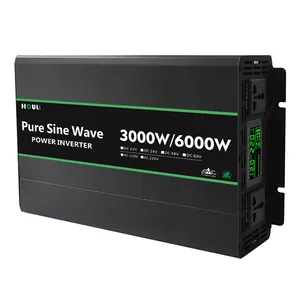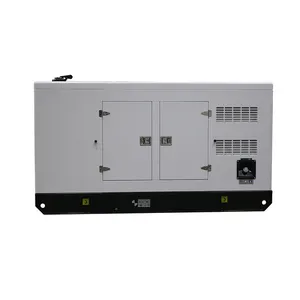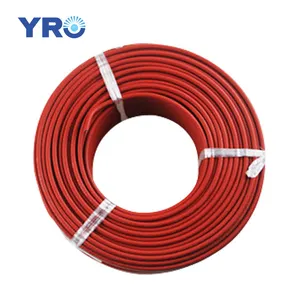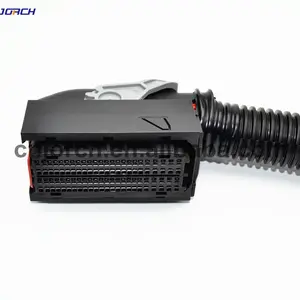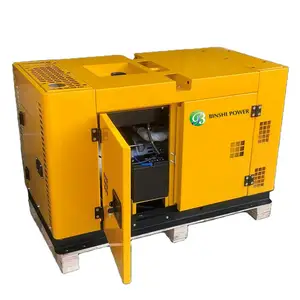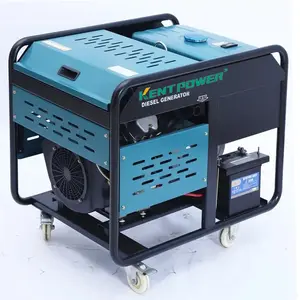Popular in your industry

























































Related Searches:






































































































































Top categories
About wire ferrules
Wire ferrules are specialised connectors that cap off stranded wires, forging a solid and dependable contact point for electrical uses. These diminutive but pivotal elements are crafted to avert the fraying or fracturing of wire strands, thereby guaranteeing a consistent and firm link that upholds the electrical circuit's integrity.
Types and Characteristics of Wire Ferrules
The assortment of wire ferrules on offer is varied, with each type boasting distinct features tailored to specific uses. Beyond the standard insulated and uninsulated options, bootlace ferrules are tailored for slender wire terminations commonly found in control panels and electronic gadgets. For more demanding tasks, 4 gauge wire ferrules deliver a sturdy solution for heftier cables, ensuring a connection that can manage greater electrical loads. Specialised ferrules, such as wire rope ferrules and cable marker ferrules, fulfil niche roles like fashioning loops in wire ropes or marking wires for identification, respectively. The selection of the right ferrule type is crucial for the efficacy and safety of electrical connections in diverse environments.
Structure and Operation of Ferrule Electrical Connectors
The architecture of a ferrule electrical connector is central to its functionality. Comprising a cylindrical body, the ferrule, when crimped, conforms to the wire strands' shape. This process is executed by ferrule crimpers, precision tools that exert even pressure on the ferrule, ensuring a lasting and tight bond. Premium crimpers may come with interchangeable dies for various ferrule sizes and might also feature an automatic release function to avert excessive crimping. The coordinated operation of these tools is vital for a dependable electrical connection that can endure the demands of industrial use.
Materials and Properties of Wire Ferrules
The material choice for wire ferrules is a pivotal decision, influencing their conductive and resilient qualities. Copper ferrules, often tin-plated, offer enhanced corrosion resistance while preserving superior conductivity. Stainless steel ferrules are selected for their robustness and their ability to withstand heat and corrosion, making them ideal for extreme conditions. Aluminium ferrules, noted for their lightness and oxidation resistance, are particularly advantageous in scenarios where weight and corrosion resistance are key concerns. The material characteristics, such as pliability and electrical conductance, determine the ferrule's success in forming a secure, enduring electrical link.
Business Usages and Applications of Cable Ferrules
Cable ferrules are indispensable across a broad array of sectors, proving vital in contexts from aerospace cabling to renewable energy infrastructures. Within the automotive industry, they provide dependable junctions in the complex wiring networks of vehicles. In renewable energy, ferrules are instrumental in connecting the wiring of solar arrays, wind turbines, and similar apparatus, where robust and lasting connections are paramount. Their application not only bolsters safety but also enhances the systems' durability and dependability, which are frequently subject to severe environmental stress.
Functions and Tasks of Wire Ferrule Crimpers
The role of wire ferrule crimpers goes beyond simple component fusion; they are engineered for a precise crimping action that upholds electrical continuity and structural integrity. These crimpers must cater to a range of ferrule sizes and wire gauges, offering adaptability for various applications. Additionally, they are charged with maintaining the conductive properties of the wire while ensuring the insulation remains intact during the crimping operation.
Features and Unique Selling Points of Ferrule Terminals
The attributes of ferrule terminals that set them apart in the marketplace encompass their user-friendly design for wire insertion, the precision of the crimp, and the availability of sizes for different wire gauges. Certain ferrules come with heat-resistant insulation, essential for environments with elevated temperatures. Others feature transparent insulation sleeves, permitting visual checks of the wire placement and crimp solidity. These distinctive selling points cater to the specific demands of various sectors and applications, differentiating them from rival products.
Benefits and Positive Outcomes of Using Cable Ferrule Crimping
The advantages of cable ferrule crimping are manifold. A proficiently executed crimp can endure considerable mechanical strain, diminishing the risk of connection failure due to vibration or thermal fluctuation. This dependability is especially valuable in industrial contexts where equipment malfunctions can lead to extensive downtime and repair expenses. Moreover, the consistency of crimped connections promotes automated processes, boosting productivity and uniformity in manufacturing settings.
How to Use Wire Ferrule Crimpers
Effective use of wire ferrule crimpers entails a sequence of steps to secure a firm crimp. The wire should be stripped to the correct length without harming any strands. The appropriate ferrule is then chosen based on the wire gauge and slid onto the stripped wire. The crimping tool is adjusted to the ferrule's size, and the ferrule is positioned in the crimper's die. The handles are squeezed until the ratchet mechanism signals a complete crimp cycle. An ideal crimp is snug enough to prevent wire slippage but not so tight as to damage the wire strands or insulation.
How do I choose the right wire ferrules for my project?
Selecting the appropriate wire ferrules for a project demands careful evaluation of the wire gauge, insulation type, and environmental considerations. The ferrule must match the wire size to ensure a solid electrical connection. Insulated ferrules are recommended where electrical insulation is a priority, while non-insulated ferrules are apt for high-temperature settings. Compatibility with the crimping tool is also crucial to guarantee that the ferrules can be securely affixed.
What are the differences between insulated and non-insulated ferrules?
The main distinction between insulated and non-insulated ferrules is their intended use. Insulated ferrules offer additional protection against electrical shorts and come with colour coding for ease of identification. Non-insulated ferrules provide a more direct bond and are typically employed in scenarios where they are safeguarded by another layer, such as within a terminal block.
Can wire ferrules be reused, or are they a one-time use component?
Wire ferrules are intended for single use. Once crimped, they form a permanent contour around the wire, guaranteeing a steadfast connection. Reutilising a ferrule could lead to an unreliable link, potentially causing electrical failure. Hence, it is advisable to employ a fresh ferrule for each new connection to preserve the electrical system's integrity.
